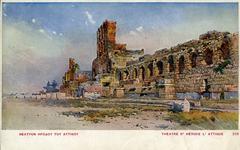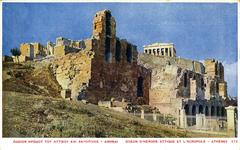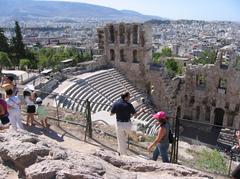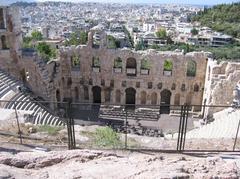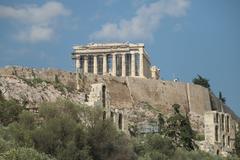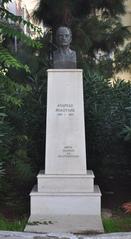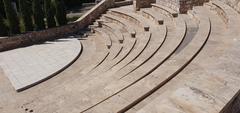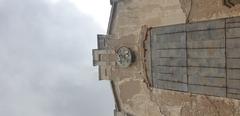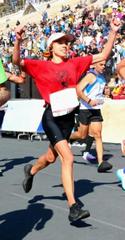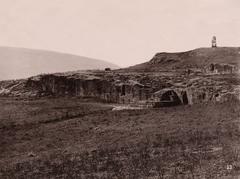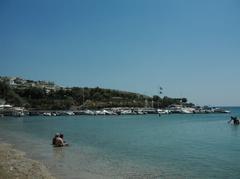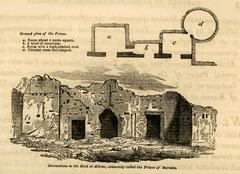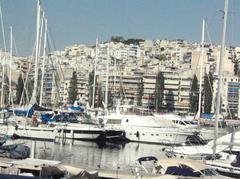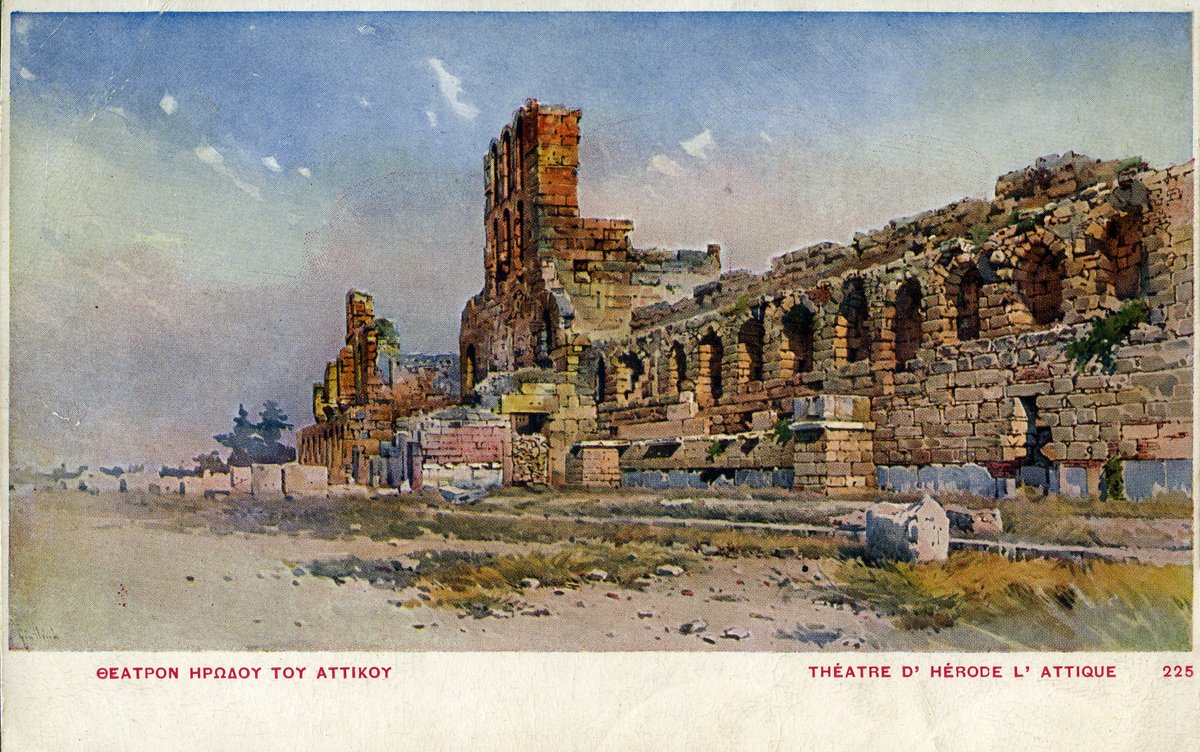
Comprehensive Guide to Visiting the Odeon of Herodes Atticus
Date: 17/07/2024
Introduction
Nestled on the southwest slope of the Acropolis in Athens, Greece, the Odeon of Herodes Atticus is a marvel of ancient architecture and history. Built in 174 AD as a Roman gift to Athens by the wealthy Roman senator Herodes Atticus in memory of his late wife, Aspasia Annia Regilla, this monument stands as a testament to the enduring legacy of ancient Greece and its influence on Roman culture. Originally serving as a grand venue for musical performances, poetry readings, and other cultural events, the Odeon continues to play a vital role as a cultural hub today. Visitors can explore its rich past and enjoy its architectural splendor, which seamlessly blends elements of Roman design with its Greek setting. The structure’s three-story facade, the auditorium carved into the natural slope of the Acropolis, and the innovative wooden roof reflect the Roman fascination with Greek art and intellectualism. From its historical significance to its ongoing contributions to the arts, the Odeon of Herodes Atticus remains an essential destination for anyone visiting Athens. For more detailed information, you can refer to the official Hellenic Festival and Greek Ministry of Culture websites.
Table of Contents
- Introduction
- Historical Significance and Architecture
- Visitor Information
- Special Events and Tours
- Nearby Attractions
- Travel Tips
- FAQ
- Conclusion
Historical Significance and Architecture
A Roman’s Gift to Athens
The Odeon of Herodes Atticus was a gift from the wealthy Roman senator, Herodes Atticus, to Athens in memory of his Athenian wife, Aspasia Annia Regilla, who died in 160 AD. Completed in 174 AD, the Odeon served as a grand venue for musical performances, poetry readings, and other cultural events, reflecting the Roman fascination with Greek art and intellectualism.
Architectural Splendor - A Fusion of Roman Grandeur and Greek Aesthetics
The Odeon of Herodes Atticus is a breathtaking example of Roman architectural prowess, seamlessly blending elements of Roman design with a nod to its Greek setting. Originally, the structure boasted a three-story facade, typical of Roman theaters, constructed from exquisitely carved Pentelic marble, a material synonymous with Athenian architecture.
The Seating Arrangement - A Symphony in Stone
The Odeon’s auditorium, carved into the natural slope of the Acropolis, could accommodate an estimated 5,000 spectators. The seating arrangement, or cavea, was divided into two main sections—the lower ima cavea and the upper summa cavea. This hierarchical seating arrangement reflected the social stratification of the time.
The Orchestra and Stage - Where Art Came Alive
The semi-circular orchestra, paved with marble slabs, formed the heart of the Odeon. This space likely hosted musicians and performers during the Odeon’s Roman period. The stage, or proscenium, stood majestically behind the orchestra, adorned with intricate carvings and statues. While the original stage has been lost to time, its grandeur is evident in the surviving foundations and fragments of decorative elements.
The Scaenae Frons - A Backdrop of Grandeur
The scaenae frons, the elaborate, multi-storied facade behind the stage, served as a visually stunning backdrop for performances. Though only the lower portion of the scaenae frons remains today, historical accounts and archaeological evidence suggest a magnificent structure adorned with columns, niches housing statues, and elaborate ornamentation.
The Odeon’s Roof - A Technological Marvel
Unlike many ancient Greek theaters, the Odeon of Herodes Atticus originally featured a massive wooden roof, a testament to Roman engineering ingenuity. This roof, spanning the entire auditorium, provided shade and protection from the elements, allowing for year-round performances.
Visitor Information
Visiting Hours
The Odeon of Herodes Atticus is open to visitors year-round. Visiting hours may vary depending on the season and special events, so it is advisable to check the official website for the most current information.
Ticket Prices
Admission to the Odeon of Herodes Atticus is included with the Acropolis ticket, which provides access to several other historical sites in the area. It is recommended to purchase tickets in advance, especially during peak tourist season.
Accessibility
The Odeon is located on a slope, which may present challenges for visitors with mobility issues. However, efforts have been made to make the site more accessible. Visitors are encouraged to check accessibility options before their visit.
Special Events and Tours
Athens Festival
The Odeon of Herodes Atticus is one of the main venues for the annual Athens Festival, a celebration of music, dance, and drama. This event attracts performers and audiences from around the world, offering a unique opportunity to experience the Odeon’s historical ambiance.
Guided Tours
Several guided tours are available, providing in-depth information about the Odeon’s history, architecture, and cultural significance. These tours can enhance the visitor experience by offering expert insights and anecdotes.
Nearby Attractions
Acropolis
The Odeon is located near the iconic Acropolis, home to the Parthenon and other significant ancient structures. A visit to the Odeon can be easily combined with a tour of the Acropolis.
Acropolis Museum
Just a short walk from the Odeon, the Acropolis Museum houses a vast collection of artifacts from the Acropolis, providing further context to the historical and cultural significance of the area.
Travel Tips
Best Times to Visit
The best times to visit the Odeon are during the spring and fall when the weather is pleasant, and the crowds are smaller. Early morning or late afternoon visits can also offer a more serene experience.
How to Get There
The Odeon of Herodes Atticus is easily accessible by public transportation. The closest metro station is Acropoli on Line 2. From there, it’s a short walk to the site.
FAQ
What are the Odeon of Herodes Atticus visiting hours?
Visiting hours vary by season and event schedule. Please check the official website for the most up-to-date information.
How much are tickets for the Odeon of Herodes Atticus?
Tickets are included with the Acropolis ticket, which also grants access to several nearby historical sites.
Is the Odeon of Herodes Atticus accessible to visitors with disabilities?
Efforts have been made to improve accessibility, but the slope may still pose challenges. Check accessibility options before visiting.
Conclusion
The Odeon of Herodes Atticus stands as a testament to the enduring legacy of both ancient Greece and Rome. Its well-preserved ruins offer a glimpse into the architectural grandeur and cultural vibrancy of the Roman era. More than just an archaeological site, the Odeon is a living monument, hosting the annual Athens Festival and other cultural events. As the sun sets over the Acropolis, casting a warm glow on the Odeon’s ancient stones, visitors can almost hear the echoes of ancient melodies and feel the presence of history come alive. Plan your visit today and explore one of Athens’ most remarkable historical sites.
